If you have ever opened up a music theory book, you will see the “functions” of chords within a scale. They are famously named:
The “Functions”: Tonic, Subdominant, Dominant
- Tonic (that’s the chord built on the first scale degree)
- Subdominant (that’s the chord built on the fourth scale degree) and
- Dominant (that’s the chord built on the fifth scale degree).
But why, oh why is that such a big deal? And why do you need to know this as a bass player?
For one, because if you compose a melody and you want to harmonize it, those chords come in mighty handy. And depending on which chord you choose, you flavor the melody and give your story meaning.
I like simple, and this shorthand – while truly simplified – really sums it up:
- TONIC = home
- SUBDOMINANT = I am going somewhere/leaving home
- DOMINANT = tension! I wanna go home!
Listen to any I – IV – V blues and verify the above.
Also, listen for this in many country and folk songs
Also, check this out: IV – I – V (in that order) is a snippet out of the cycle of fifths. Fifths constitute a very strong and pleasant sounding bass jump. Food for thought.
What about the minor chords?
Okay, so far we have talked about the three major chords within the major scale and their mighty functions. These sounds are so strong, that even the 3 minor chords that I can build in a major scale latch on to them. The minor chords and the diminished chord become sub-functions of the above.
Here is how:
- The chords on the third scale degree and on the sixth scale degree share two notes with tonic. Hence: TONIC FUNCTION for 6th and 3rd scale degree chords.
- The chord on the second scale degree shares two notes with the fourth scale degree: hence SUBDOMINANT FUNCTION.
- The diminished chord on the seventh scale degree shares two notes with the dominant chord: hence DOMINANT FUNCTION.
Hey, wait, doesn’t the third scale degree also share two notes with the Dominant? Astutely observed, and yes. But it just doesn’t sound tense because it does not contain the fourth which forms the interval of the tritone with the 7th, the tone called leading tone because it eagerly leads back home to the tonic when combined with said fourth scale degree. The III minor chord, therefore, sounds closer to a variation of home, hence tonic function. And check out how strongly dominant sounding that 7th scale degree is.
Things to know:
- You can build chords from every single scale degree of a scale.
- You do this by employing the formula: “play one” – skip one – ” play one” – skip one – “play one” – taking only notes from the scale you are using.
Example, G major. The scale is G A B C D E F# G. Let’s say you are building a chord from the first scale degree: G B D. Now you try the second scale degree (answers on the bottom). - If you build chords on various scale degrees you will get three major chords, three minor chords, and one diminished chord. Do this in G major and find all seven chords. (Answer on the bottom, but you try first).
- Check out all the chords:
- The major chords are on the first, fourth and fifth scale degrees.
- The minor chords are on the second, third and sixth scale degrees.
- The seventh scale degree features a diminished triad.
- You can add a fourth note, then you get seventh chords.
- The tension in a dominant seven chord stems from the tritone between the third and seventh of the chord, which are the 7th and 4th scale degrees respectively – scale degree – a high tension that wants to resolve! And interestingly, both notes prefer to resolve by moving a half step
What it all means for the bass player:
- If you are ever in the position to write or co-write a song, knowing about the effects of diatonic chords (“home/leaving home/wanna go home”) is very useful to help tell the story.
- You can substitute the minor chords to create colorful variations of the main chords (the chord instrument players should be in on that, however). You can experiment with various bass notes, but I am not saying you can substitute a VI minor or III minor for any I. This creates a certain effect – experiment with it and see if you can hear the variations of “home”.
Oftentimes people start bringing in the modes when talking about scale degrees and chords. And while this is true (and practical, too), I want to make the point here that all the above applies to functional harmony – which indicates a context where tension and release are being created through the functions – Home/leaving home/I wanna go home.
This is very different from modal harmony. While we do use modes of G major, say, as we improvise over an Amin – D7 – Gmaj7 chord progression (that is a II-V-I) – all the modes of G major obviously use the same 7 notes. So, A dorian = notes of G major. D mixolydian = notes of G major. G major = notes of G major. I recommend thinking “blowing G major” while being mindful of that crucial first note in the measure to make your lines sound nice above the underlying chord. But, hey, the tonal material underlying all of this is one scale – G major. Not four, adding A dorian, C lydian, D mixolydian). If you prefer to think of them that way, it isn’t wrong, per se. But since we are in the land of functional harmony, I don’t find this a particularly good use for thinking of the modes. The modes are great for modal music. [see footnote below for an exception]*
Modal music creates the storyline of the song not by using the tension/release of the functional context, but by using scales and chords as colors. Lydian has a certain color, while locrian has a very different color. Also, depending on the kind of modal music, other elements of telling the story take prominence over functional chords. Examples could be melodic lines, rhythmic density, harmonic colors from dark to bright. This happens outside of the functional harmony context (and hence you hear the modes much more distinctly). Try improvising in dorian over a minor 6 chord in isolation or in the context of a functionally unrelated chord – the dorian character will jump out at you. If you use A dorian in a II V- I context, you are much more bound to hear the functional context of G major.
How about a visual mnemonic?
- Tony Tonic is home to sip a gin and tonic.
- Sally Subdominant is going out.
- Dominique Dominant has just landed on the roof and wants to go into the living room. V->I is like gravity – a pull-down, towards the baseline.
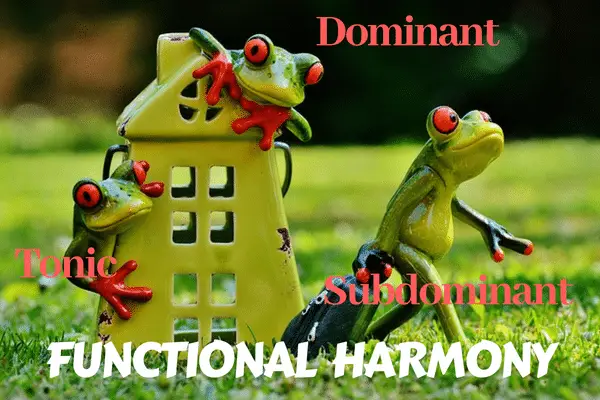
And here a short video on functional versus modal music:
This is an excerpt from our course
Footnote:
*One exception is when modes containing notes chromatic to the key signature are used to create various color effects. For example: using the “altered scale”, which is the 7th mode of melodic minor, over the dominant chord.
Answers:
Chord on the second scale degree of G major: A C E
All diatonic chords in G major: G (GBD), Am (ACE), Bm (BDF#), C (CEG), D (DF#A), Em (EGB), F#o (F#AC)
All diatonic four-note chords in G major: Gmaj7 (GBDF#), Am7 (ACEG), Bm7 (BDF#A), Cmaj7 (CEGB), D7 (DF#AC), Em7 (EGBD), F#min7b5 (F#ACE)
Learn music theory for the bass player, including modes, how to use them and what they sound like and more about diatonic chords and functions. Using it all in creative groove examples is what makes it easy to remember Music Theory for the Bass Player.

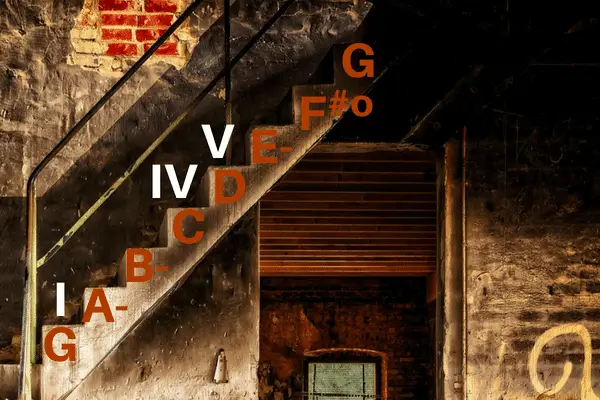



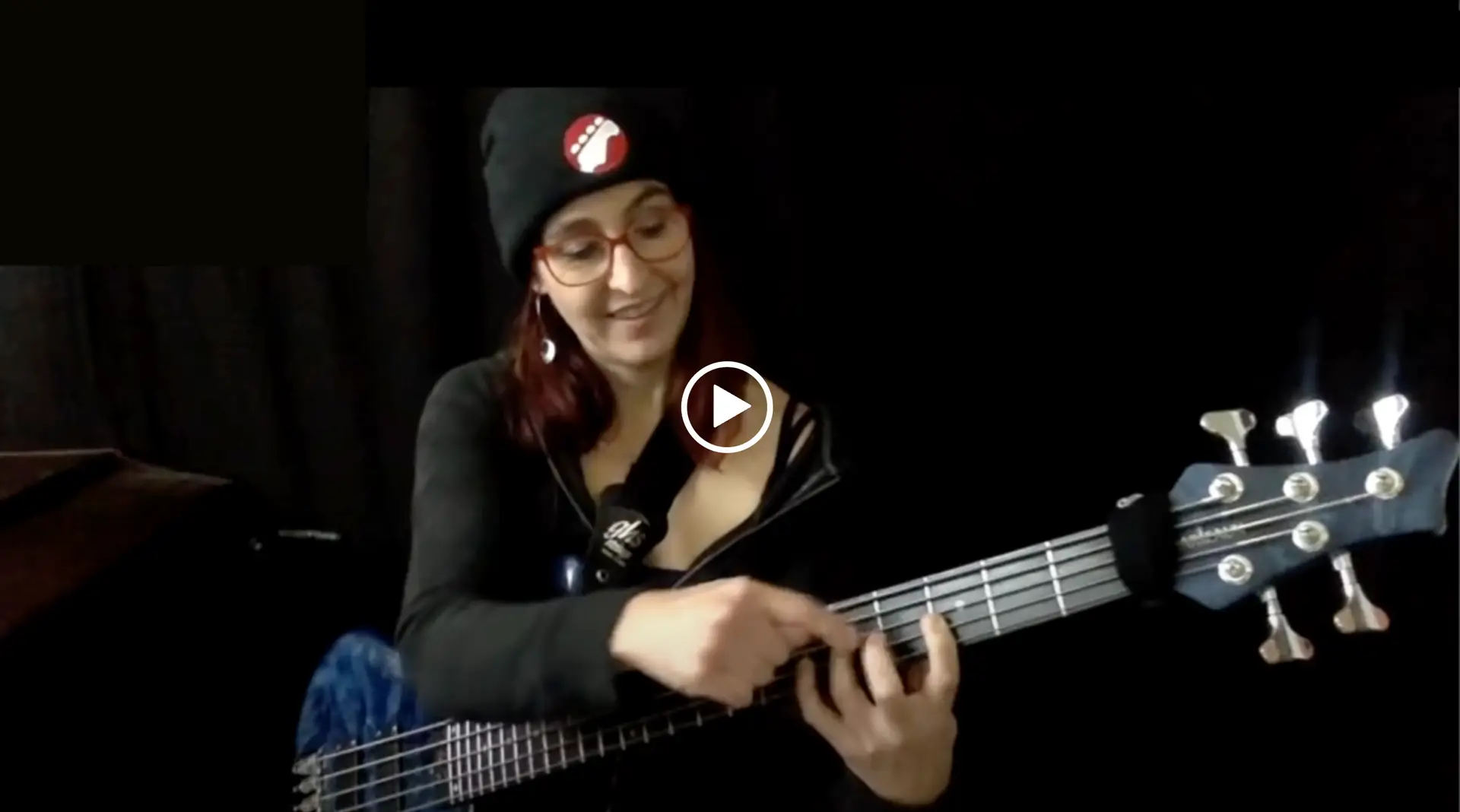
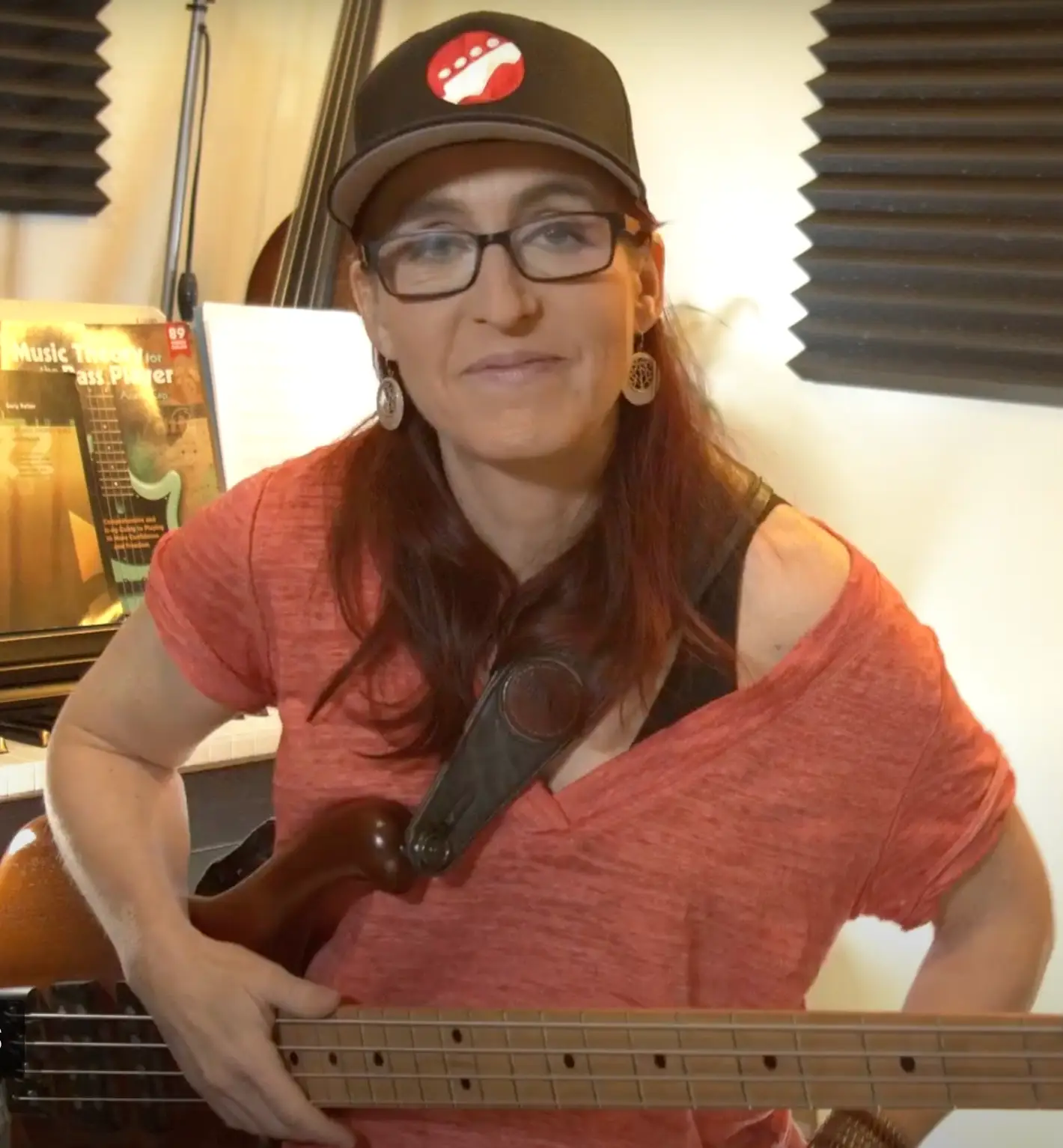
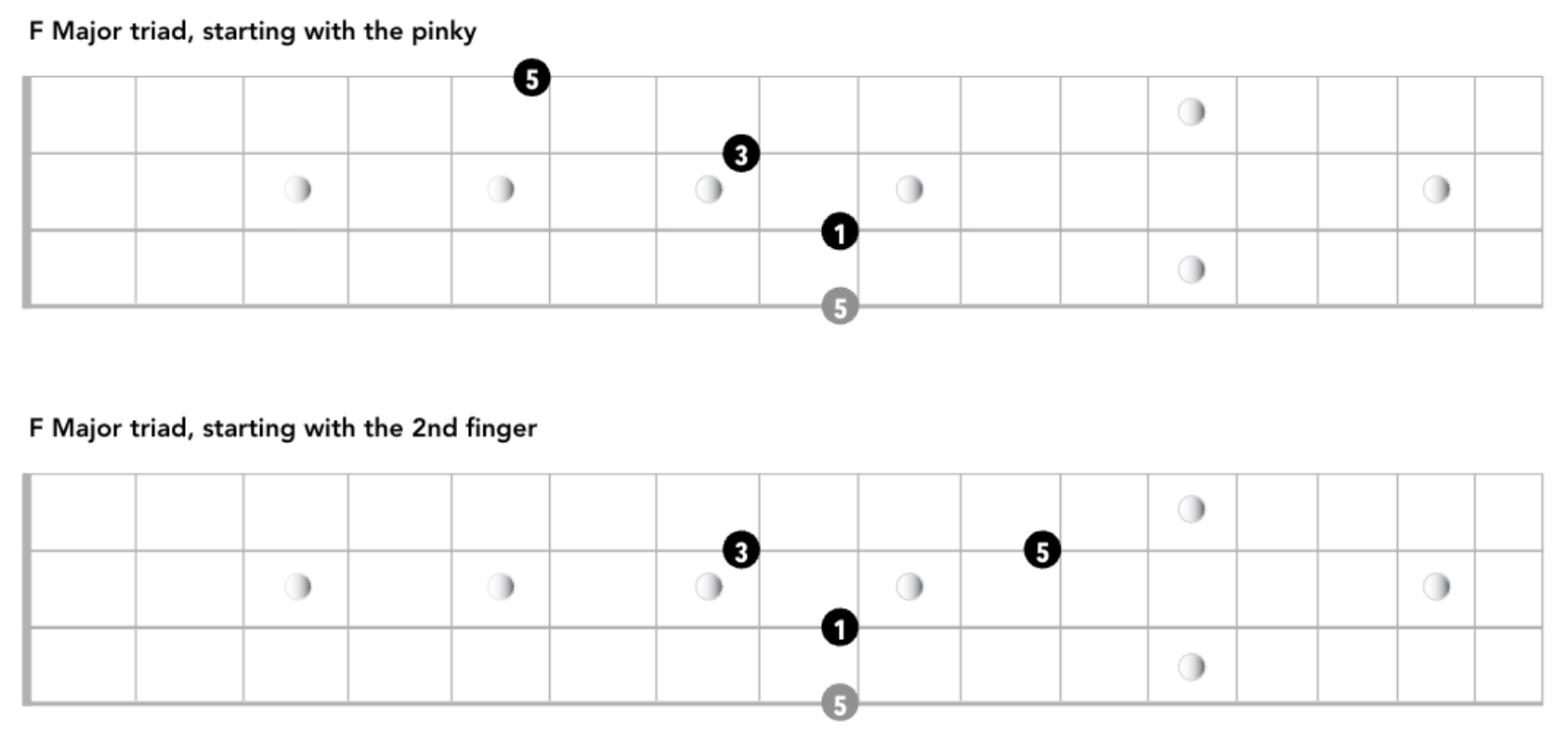

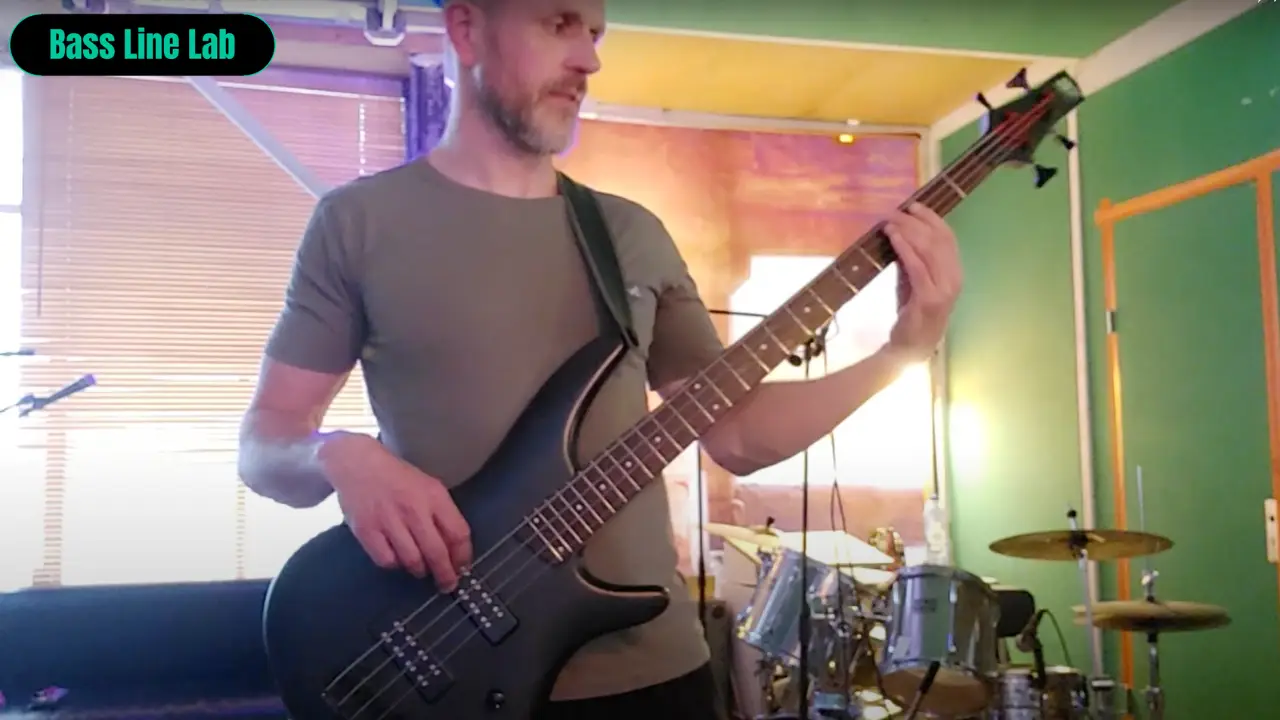
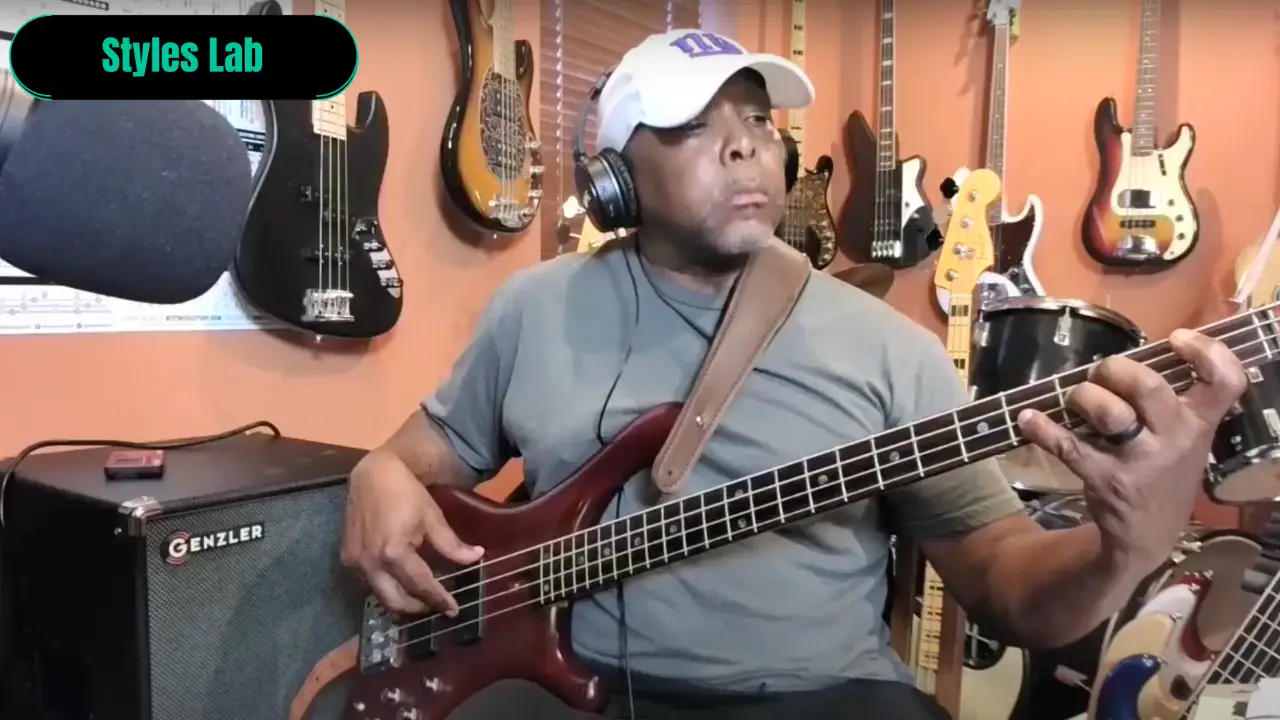
9 Replies to “Tonic – Subdominant – Dominant – Why you need to know”
I thought, I knew enough about this Chord “things”, but like always Ari’s kind of explanation helps me a lot to understand how it really works.
Thank You!!!
Thanks for this article Ari! We’ve talked about this during lessons and it’s great to have this written in such a logical and informative manner … I’m book marking this for sure!
Terrific discussion. Very useful no matter which instrument/s you play. Thanks, Ariane
Thank you for your comment, Patricia. All instruments are most welcome. Plus, you know the joke about the lightbulb and the bass players?
Q: How many bass players does it take to change a lightbulb?
A: None. The piano player does it with their left hand.
Not sure I understand what you’re saying here:
“Hey, wait, doesn’t the third scale degree also share two notes with the Dominant? Astutely observed, and yes. But it just doesn’t sound tense and does not contain the 7th scale degree, the tone called leading tone because it leads back home to the tonic.”
The scale degrees that make up the iii chord are: 3, 5 & 7.
7 IS the leading tone.
?
Blue, to be more clear I should have said “it doesn’t contain the tritone” as it is the 7 +as part of the tritone formed with the fourth scale degree+ that wants to resolve to the root so badly. This occurs in the V7, but as part of the iii minor chord itself it sounds quite stable. Editing this now.
Nicely summarized. My previous teacher was very focused on modality, never really explained how chord function works (part of why we parted ways, I felt I was missing something significant).
One of the most useful articles on music theory I have ever read…..
Thank you very much, Howie! I appreciate it!